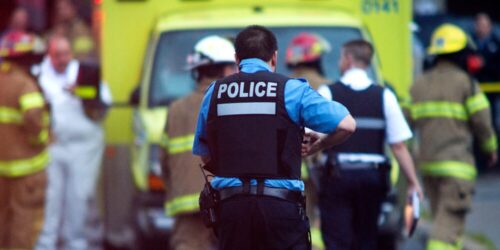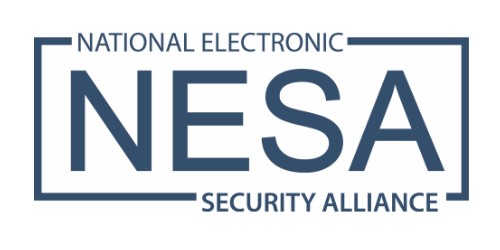
11.8.23 -SSI –Jehan Zaib Karim
Taking a closer look at how PSAPs can achieve 100% uptime in their emergency responses to digital communications.
In the past three years alone, New York City Public Safety Answering Points (PSAPs) received more than three million 911 text messages for emergency response.
And, according to a report by the National Emergency Number Association (NENA), more than 80% of the estimated 240 million emergency 911 calls made in the U.S. each year are made from wireless devices.
In the U.S., more than 90% of adults own a smartphone. All of us routinely send texts, take pictures, post videos and use social media to stay in touch. The ways in which we communicate have had a major impact on all of our interactions — and that includes how we engage with public-safety services.
Most 911 Centers are Analog
The society-wide shift in communications has serious impacts on public safety and defense operations. Most 911 centers in the U.S. still operate on analog technology that is designed to work with landlines, with little or no provision to deal with text, video or other digital communications.
According to NENA, PSAPs are now being asked to perform functions for which they simply were not designed.
When the 911 service was introduced in 1968, it provided an immediate connection to a PSAP whenever anyone needed it. The system remained largely unchanged until the introduction of Enhanced 911 (or E-911), which added a caller’s automatic location information.
Today, amid a rise in the use of VoIP and mobile phones instead of landlines, it is more difficult for PSAPs to pinpoint the exact location of a caller. This forces operators to triangulate cell towers.
Next Generation 911 (NG-911) aims to upgrade PSAPs across the country to deal with the more mobile networks of today. And the mandated requirement for PSAPs to upgrade to digital infrastructures is essential to guaranteeing the safety and security of millions of people every year.
For many emergency-support agencies, NG-911 upgrades are challenging. Indeed, they are forcing emergency-service providers to rethink entire systems.
Combining Digital Networks for Cal OES
The California Governor’s Office of Emergency Services (Cal OES) operates 450 PSAPs and deals with more than 26 million 911 calls a year. It was struggling to maintain 100% uptime for its 911 service.
According to Budge Currier, the 911 communications branch manager for Cal OES, “That’s simply unacceptable in today’s environment.”
The Cal OES has now accelerated its transition to NG-911, improving its active 911 call handling for all backup services across the state. It uses more than 200 network aggregation devices that seamlessly integrate with the existing Cal OES infrastructure. The network connects with a cloud service to route data and deliver resilient backup connectivity.
The system combines cellular, satellite and broadband connectivity to create a virtual “network of networks.” By having the ability to intelligently manage all these connections in real time, PSAPs benefit from an uninterrupted connection, which is essential for efficient and lifesaving community response.
The system also meets another essential requirement of Cal OES: In addition to public networks, there is access to a nationwide wireless broadband network for first responder and public-safety agencies.
This workflow has not only made Cal OES systems more resilient — they are able to withstand natural and human-caused disasters — but also more efficient. They have the ability to deliver emergency calls in less than three seconds, reducing system outages and downtime.
Predictive Technology
When properly implemented, today’s technologies can help emergency teams respond with the right level of support in a timely fashion. The efficiencies that approaches like this can deliver will increase the adoption rate at an even more accelerated pace in the coming months.
Industry thought leaders are already planning how to deal with text and video in PSAPs and innovating technologies for a world in which there may be no need for a 911 call. What if there is an emergency and the appropriate response teams already know where it is, who is dealing with it and what the right level of response is — while it is happening?
Technologies such as artificial intelligence can even predict emergency-response situations before they happen, adding capabilities beyond the ability of any PSAP to better support disaster-management workflows. The increase in wildfires is just one example of natural disasters that demand immediate and decisive action. AI technology is best placed to predict devastating events like this.
Jehan Zaib Karim is global director, business development, with Dejero.
If you enjoyed this article and want to receive more valuable industry content like this, click here to sign up for our FREE digital newsletters!
